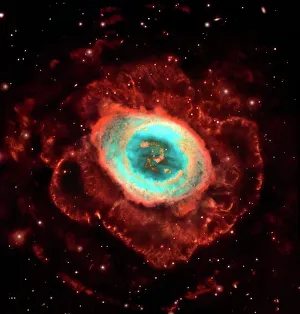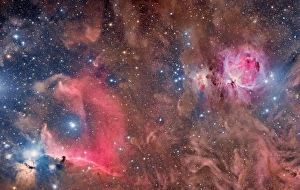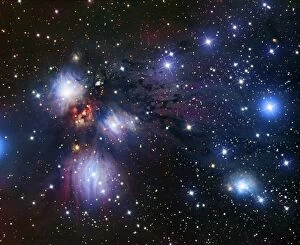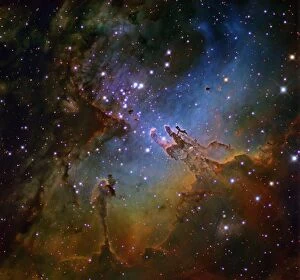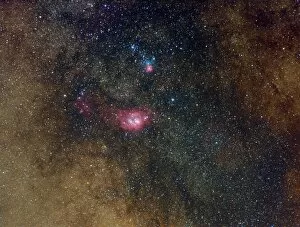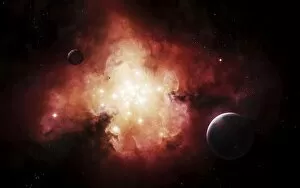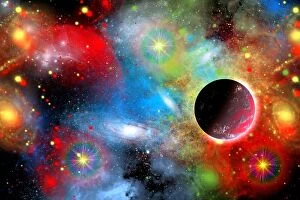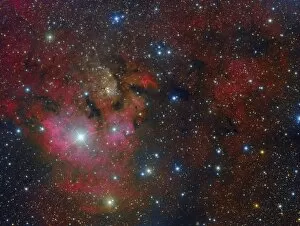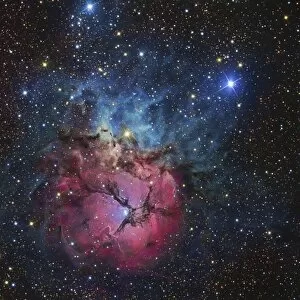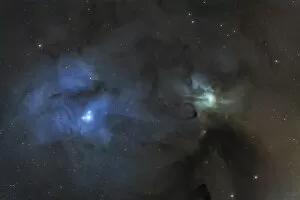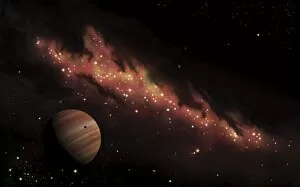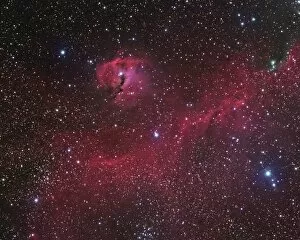Starbirth Collection
"Starbirth: A Spectacular Journey through the Cosmos" Embark on a mesmerizing voyage as we explore the wonders of starbirth
All Professionally Made to Order for Quick Shipping
"Starbirth: A Spectacular Journey through the Cosmos" Embark on a mesmerizing voyage as we explore the wonders of starbirth, where celestial marvels unfold before our eyes. In the depths of space, behold the ethereal beauty of the Ring Nebula M57, captured by Hubble's awe-inspiring image C017/3725. Its intricate structure reveals a dying star's final gasps. Venturing further into this cosmic odyssey, we encounter IC 2177, also known as the Seagull Nebula. Its radiant colors and graceful shape evoke a sense of serenity amidst vastness. Meanwhile, anticipation builds for an extraordinary event – the predicted collision between Andromeda galaxy and our very own Milky Way. The Sculptor Galaxy beckons us with its grandeur, showcasing swirling arms adorned with countless stars. As we gaze upon this masterpiece in space-time, it reminds us that creation knows no bounds. A widefield view unveils Orion Nebula and Horsehead Nebula side by side—a breathtaking sight that ignites our imagination. These stellar nurseries birth new suns while captivating us with their celestial ballet. Behold NGC 2170—Reflection nebula—an enchanting display of scattered light painting vibrant hues across interstellar dust clouds. It serves as a reminder that even amidst darkness, there is always radiance to be found. Eagle Nebula (NGC 6611) graces our vision next—a testament to nature's artistry in shaping colossal pillars where stars are born. This optical image C017/3719 captures its majesty in stunning detail. Gazing at Orion Constellation above us fills our hearts with wonder—the hunter immortalized in stardust forever guiding humanity through time and space. Our Sun itself may have emerged from a protostellar nebula akin to Tarantula Nebula—a composite image capturing its fiery essence against a backdrop of cosmic tapestry.

